In today's fast-paced world, microwave ovens have become indispensable kitchen appliances for reheating meals quickly and conveniently. However, not all food containers are created equal when it comes to microwave safety. Choosing the right materials for your microwave-safe meal prep containers is crucial to avoid potential health hazards and ensure optimal performance.
The importance of using microwave-safe materials cannot be overstated. When heated, certain plastics can leach harmful chemicals into your food, while some metals can cause dangerous sparking. Glass and ceramic containers have long been considered the gold standard for microwave use, but recent advancements in food-grade plastics have expanded safe options for consumers.
High-quality borosilicate glass stands out as one of the safest choices for microwave heating. This specialized glass resists thermal shock and doesn't release any chemicals when heated. Many premium food storage containers now feature borosilicate glass bodies with BPA-free plastic lids, offering both safety and convenience. The glass maintains food quality without absorbing odors or stains, making it ideal for repeated use.
Among plastics, polypropylene (PP) has emerged as the most reliable microwave-safe option. Marked with the recycling code 5, this durable plastic can withstand microwave temperatures without warping or releasing harmful substances. Many modern meal prep containers use PP because it's lightweight yet sturdy, making it perfect for both storage and reheating. Always look for containers specifically labeled as microwave-safe, as not all PP products are created equal.
Ceramic dishes can be excellent microwave choices, but they require careful consideration. While most ceramic glazes are microwave-safe, some decorative elements may contain metals that cause arcing. Pure white or lightly colored ceramics without metallic accents generally make the safest choices. It's worth noting that ceramic retains heat exceptionally well, so food may continue cooking after removal from the microwave.
Silicone has gained popularity as a versatile microwave-safe material, particularly for collapsible storage containers and food covers. High-grade food silicone remains stable at high temperatures and doesn't leach chemicals. Many chefs appreciate silicone lids as they create an effective seal while allowing steam to escape, preventing messy explosions in the microwave.
When evaluating plastic containers, it's crucial to understand microwave safety symbols. The microwave-safe icon (typically wavy lines) indicates the product has been tested for microwave use. However, even with this symbol, plastic containers shouldn't be used for extended high-heat cooking, as prolonged exposure may compromise the material's integrity over time.
Materials to avoid in microwave meal containers include polycarbonate (often marked with recycling code 7), which may contain BPA. Similarly, polystyrene (code 6) and PVC (code 3) plastics are unsuitable for microwave use. Metal containers, aluminum foil, and containers with metallic trim should never enter the microwave, as they can cause dangerous sparking and potentially damage the appliance.
For those concerned about plastic altogether, glass remains the undisputed champion of microwave safety. Modern tempered glass containers often come with secure locking lids made from safe plastics or silicone, combining the best of both worlds. These containers transition seamlessly from refrigerator to microwave to table, making them ideal for meal prep enthusiasts.
The thickness of microwave-safe materials matters more than many consumers realize. Thin plastic containers may warp or melt under high heat, while very thick glass takes longer to heat and may require adjusted cooking times. Mid-weight containers typically offer the best balance of durability and heating efficiency for most microwave applications.
As sustainability concerns grow, many manufacturers now offer eco-friendly microwave-safe options. Bamboo fiber containers with food-grade resin, for instance, provide a biodegradable alternative for short-term microwave use. However, these products often have more limited lifespans than traditional materials and may require more frequent replacement.
Proper microwave container maintenance significantly extends safe usage. Regularly inspect containers for cracks, warping, or cloudiness - all signs that the material may be breaking down. Deep scratches in plastic containers can harbor bacteria and may indicate it's time for replacement. Following manufacturer guidelines for maximum temperature and usage duration helps maintain container safety.
For parents packing school lunches or daycare meals, choosing microwave-safe containers requires extra vigilance. Look for products specifically certified as child-safe, free from phthalates and other potentially harmful additives. Many brands now offer colorful, kid-friendly containers made from the safest materials that withstand daily use in lunchboxes and microwaves.
The market continues to innovate with smart microwave-safe containers that change color when food reaches optimal temperature or feature built-in steam vents for safer heating. These advancements make microwave meal prep more convenient while addressing common safety concerns. As technology progresses, we can expect even more sophisticated solutions for safe, convenient food storage and reheating.
Ultimately, understanding microwave-safe materials empowers consumers to make informed choices about their food storage solutions. By selecting appropriate containers and using them correctly, we can enjoy the convenience of microwave cooking without compromising food safety or quality. Whether you prefer glass, ceramic, or high-quality plastics, the key lies in choosing products specifically designed for microwave use and maintaining them properly for long-term safety.

By /Jul 28, 2025

By /Jul 28, 2025
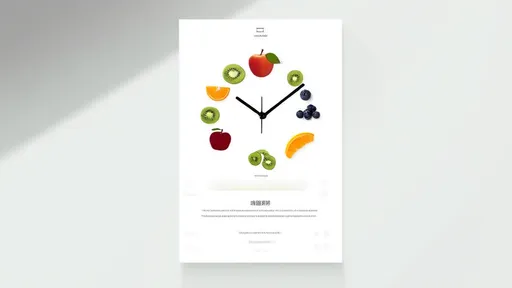
By /Jul 28, 2025

By /Jul 28, 2025

By /Jul 28, 2025

By /Jul 28, 2025

By /Jul 28, 2025

By /Jul 28, 2025

By /Jul 28, 2025

By /Jul 28, 2025
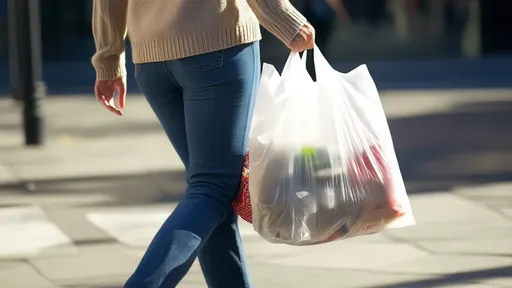
By /Jul 28, 2025
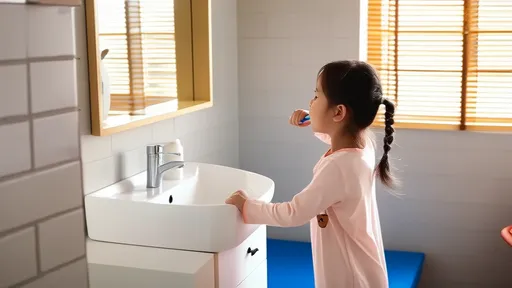
By /Jul 28, 2025

By /Jul 28, 2025

By /Jul 28, 2025

By /Jul 28, 2025

By /Jul 28, 2025
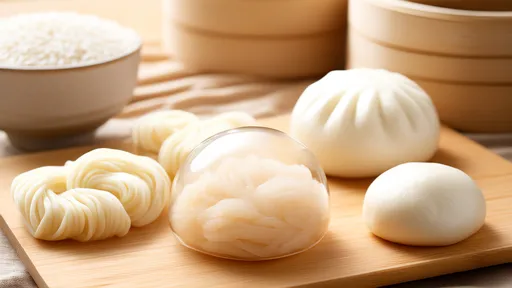
By /Jul 28, 2025
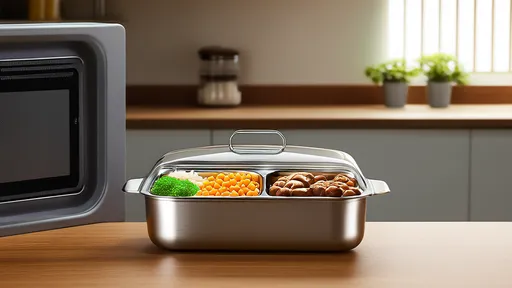
By /Jul 28, 2025
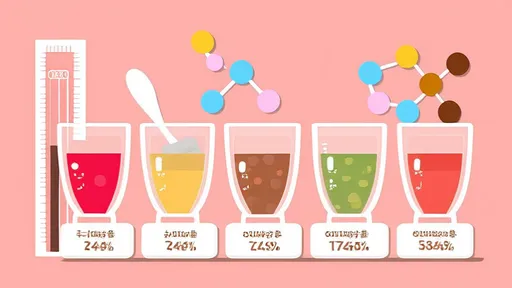
By /Jul 28, 2025
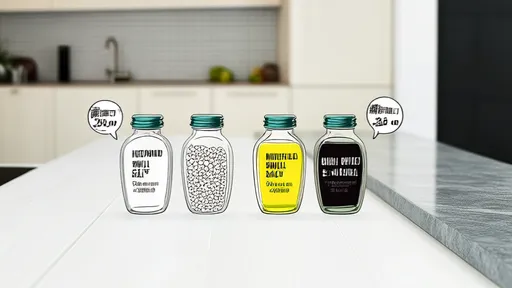
By /Jul 28, 2025